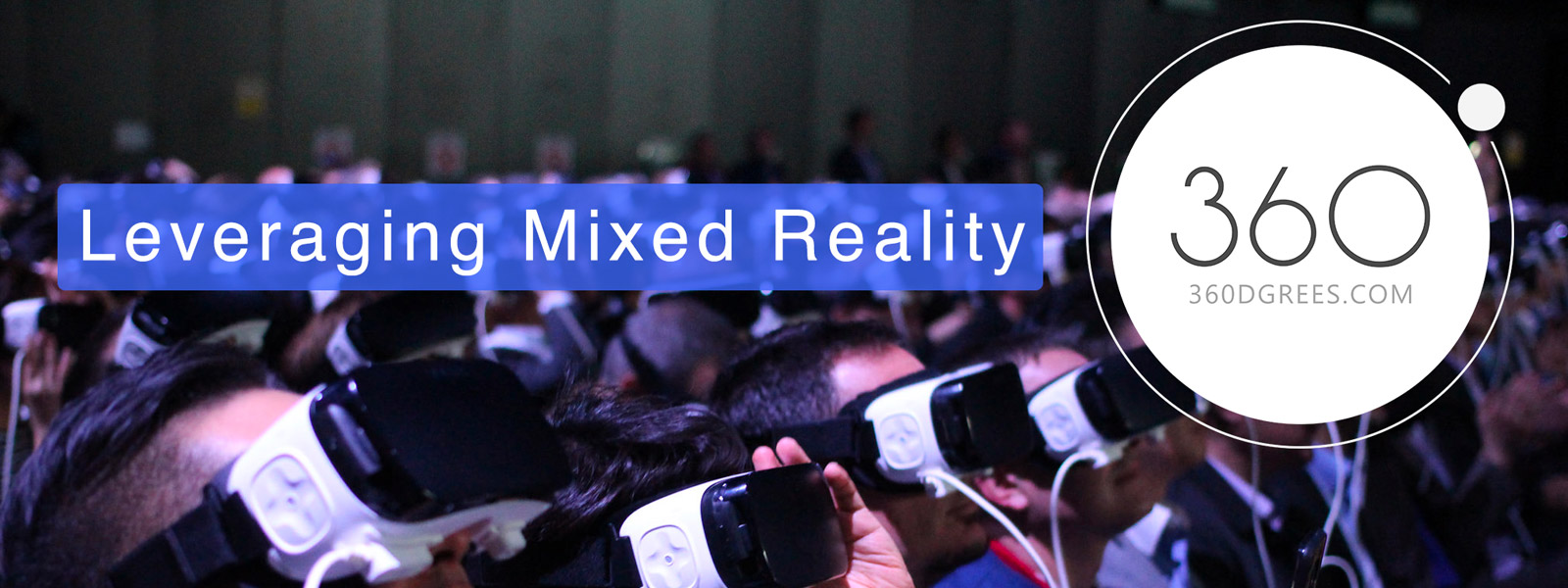You know what VR is, you think understand AR…but what is MR? As Virtual Reality and related technologies become increasingly widespread and commonplace, they are also developing and evolving at an incredible pace. There is a lot of confusion regarding the differences between the various incarnations of these technologies and the jargon surrounding them. For the most part, understanding these terms is all in the name and is somewhat intuitive if you break down the language. Understanding the phrase Mixed Reality and how you can use it is crucial for anyone who wants to stay on top of the latest waves of innovation, but more importantly in order to understand how a business can use MR to achieve to their greatest capacity. However first we need to understand some other terms.
Reality:
Starting simple, reality refers to our experience of waking life – non-simulated, non-virtual. When you film something with an ordinary camera, you are capturing reality. Any unaltered flat video or film fits into this basic category.
VR:
Virtual Reality – Virtual Reality or Virtuality is completely constructed from computer generated graphics, and contains no real-world elements. It is best experienced using a headset such as the Oculus Rift, Project Morpheus or the Samsung Gear VR, to create the experience of being immersed in a completely virtual world. Though there are many applications for VR, the most obvious and well known being gaming.
360:
360 degree video uses either omnidirectional cameras, or a collection of cameras stitched together in post-production, to create spherical videos. These videos wrap around the viewer so that they can move their point-of-view to look in every direction. 360 degree video can be viewed using a VR headset to create a similar experience to that of Virtual Reality – however the user is immersed in a completely real world. 360 degree video becomes even more exciting when it is augmented to become Mixed Reality, but we aren’t quite there yet.

AR:
Augmented Reality – AR takes the real world and overlays virtual components on top of it. Digital information is added to reality which can be viewed using a sensor-packed wearable device, such as Google Glass, the Daqri Smart Helmet or Epson’s Moverio brand of smart glasses. Augmented Reality was popularised by, and known to most people, the mobile application Pokemon Go. Augmented Reality is a form of Mixed Reality.
AV:
Augmented Virtuality – this is the inverse of AR. Whereas in AR Reality is the base layer with Virtuality overlaid or added on top; AV means Virtuality is the base layer with real life components overlaid. This also qualifies as Mixed Reality.
MR:
Mixed Reality – MR is an umbrella term of sorts because it applies wherever there is a mix of both Virtuality and Reality. In this way both AR and AV can be said to fall under the umbrella of MR, because they are both a combination of virtual elements and real elements.
How Can You Leverage This Information?
Now that we understand these terms, how can we leverage this information for a business or sole trader?
360 Degree Video
falls into the bracket of Mixed Reality when it is augmented with virtuality or/and interactive components. This includes virtual hotspots that allow the user to navigate in the virtual plane or to open links to websites, forms, or videos. It can also include virtual objects such as icons, badges, or computer generated objects or characters.
360dgrees.com is the only end-to-end service for 360 degree video, a platform which empowers anybody, regardless of skill set, to transform their basic 360 degree video with interactivity into a fully functional, highly immersive piece of Mixed Reality Content. As 360 degree video increasingly becomes widely available, the 360dgrees.com platform means that creating Mixed Reality can be done quickly and easily by anyone. 360 degree mixed reality videos have unlimited application, including gaming, entertainment, and training. Visit 360dgrees.com now to find out more – or try it for yourself!


